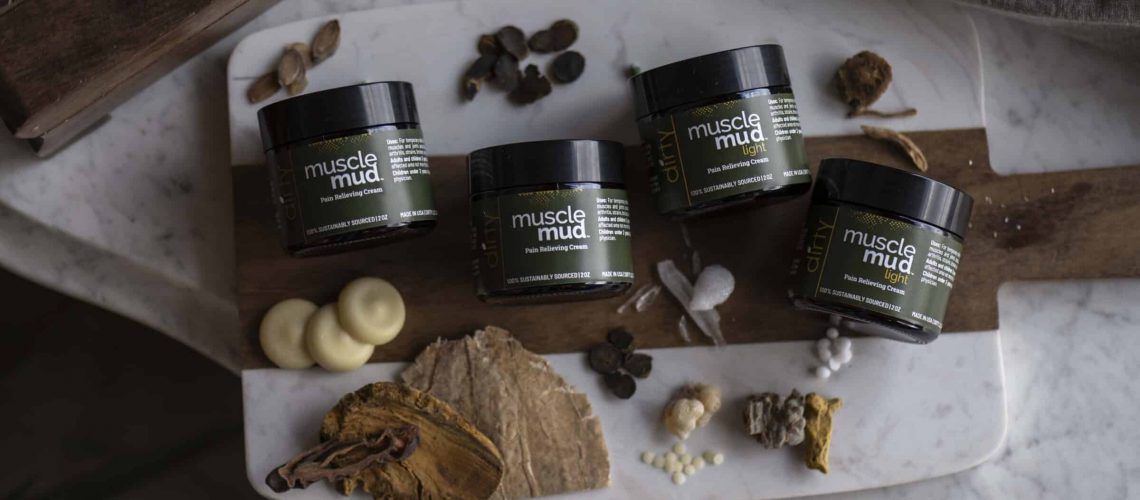So you’ve injured yourself (and thankfully you don’t have to head to the ER). The localized inflammation response has kicked in because you’re a healthy human, but you don’t know what your next steps should be to get you back on track quickly. You’re not keen to swallow a bunch of pills, because you’d like to keep your stomach and liver in healthy states, but the world of topical ointments is vast and confusing – oh, and you’re not a doctor nor can you read botanical ingredients like most normal people.
Here’s the 411 to making the world of topical pain relief a little easier to navigate, so you can heal and get back to doing what you love.
So topical pain relief comes in three types, really: homeopathics, topical analgesics, and botanical creams or oils.
Homeopathics use tiny amounts of a natural substance to induce the body’s natural healing processes and are regulated by the FDA through the Homœopathic Pharmacopœia of the United States (HPUS). The most commonly known commercially sold preparation for Arnica, an herb known for its ability to decrease inflammation and decrease bruising, is homeopathic. Because of its dilute nature and its regulation through the FDA, it is likely safe to use on people of all ages and may be used effectively to treat mild inflammation and bruising.
Topical Analgesics use menthol and oftentimes camphor to block nerve signaling in the applied area and numb pain accordingly. They are regulated by the FDA, and if the concentration levels of menthol or camphor fall within specific ranges deemed effective for pain mitigation, they are classified as drugs and must be labeled accordingly. Because of the concentration and potential for skin irritation, it is suggested that you test the product on a small patch of skin first, and always consult a doctor prior to using it on a child under the age of 2. If labeled as a drug, you can be sure that the concentration rate of the included ingredients will provide “temporary relief of minor aches and pains of muscles and joints associated with simple backache, arthritis, strains, bruises, and sprains.”
Botanicals creams or oils can include but are not limited to CBD and hemp products, creams which contain botanical extracts like capsaicin, frankincense, comfrey, calendula and more. They are regulated by the FDA as cosmetics and as such, are not required to meet labeling or rigorous safety standards. Because these products tend to be made by non commercial entities and in various concentrations, it is left to the consumer to
determine if the brand is reputable, and if the ingredients included substantiate use for a given injury.
In a perfect world, the scrupulous consumer would look for a topical analgesic with regulated concentration rates of active ingredients to ensure adequate pain mitigation, paired with botanicals that are historically documented and proven to affect change in the underlying cause for pain…but that only exists in fairytales, right? Or perhaps not.
More on that in Part Two, but until then, grab a topical analgesic. It’s clinically proven to ease pain and is regulated as such. You’ve got a life to get back to.

